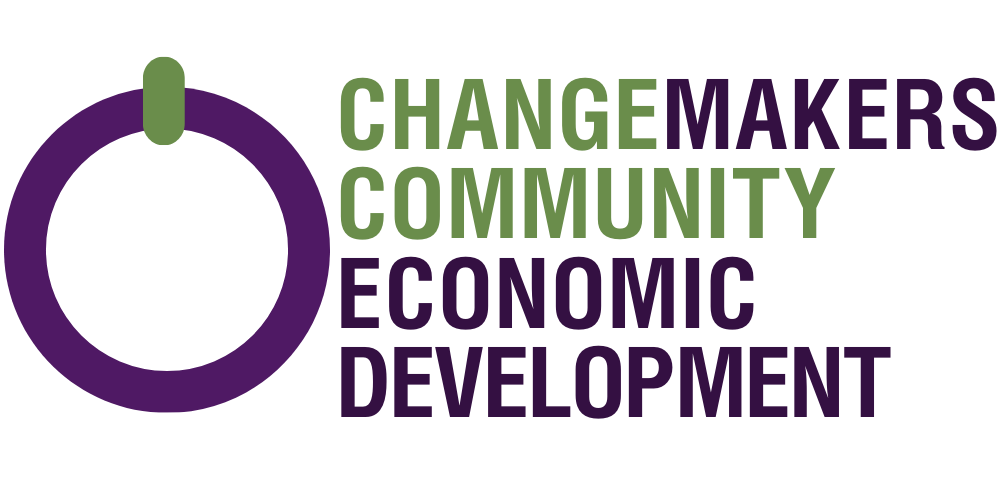Bridging the Divide of the Wage Gap
Bridging the Divide:
Unpacking the U.S. Gender and Racial Wage Gap
In an era where equality is championed in various sectors of society, the wage gap between genders in the United States presents a stark contrast to the ideal of financial equity. The National Women's Law Center and the American Association of University Women (AAUW) provide compelling data highlighting the ongoing struggle for wage equality. Read the report.
This blog post delves into the intricacies of the wage gap, focusing on how it disproportionately affects women, particularly those of color, and the slow pace at which this gap is narrowing.
THE GENDER WAGE GAP: A BROAD OVERVIEW
As of the end of March 2023, women in the U.S. had to work overtime—beyond the entirety of 2022—to match what men earned in the same period. This staggering statistic translates to women earning, on average, only 84 cents for every dollar that men make, considering full-time, year-round work. This gap signifies not only a disparity in wages but also reflects deeper societal and economic inequalities.
photo courtesy: Statista
DISECTING THE WAGE GAP: THE RACIAL DIVIDE
The wage gap widens further when racial and ethnic disparities are considered:
Black Women: Earning 69 cents for every dollar made by white, non-Hispanic men.
Pacific Islander & Native Hawaiian Women: At 66 cents on the dollar.
Native American Women: Making 59 cents, with their equal pay day arriving even later due to higher rates of part-time or seasonal employment.
Latina Women: Facing the widest gap, at only 57 cents on the dollar.
Asian-American Women: They represent a notable exception, earning 99 cents for every dollar earned by white, non-Hispanic men, though this figure masks variations among different Asian subgroups.
THE SLOW MARCH TOWARD EQUALITY
The trajectory towards closing the wage gap is painfully slow. While there has been a gradual increase in the earnings of women relative to men—especially for Asian women—the pace of change suggests that achieving wage parity will take decades. The incremental progress of one or two cents per year is insufficient to bridge the significant disparities that persist.
In reflecting on these statistics, it becomes clear that the wage gap is more than just a number—it is a reflection of ongoing gender and racial inequalities that require immediate and focused action to rectify. The fight for wage equality is not just about fairness; it's about recognizing the value and contributions of all individuals, irrespective of gender or race.
The data provided by the National Women's Law Center and AAUW shed light on the multifaceted nature of the wage gap in the United States. While gender remains a primary factor, racial and ethnic disparities compound the challenges women face in achieving financial equality. The slow pace of progress underscores the need for sustained efforts to address the systemic issues underpinning wage inequality. As a society, recognizing these disparities is the first step towards enacting change. However, it will take a concerted effort from all sectors to accelerate the journey towards true wage parity.
GET INVOLVED WITH KANAKAMOB
To contribute to KanakaMob’s mission of fostering a thriving workforce in Hawaiʻi, individuals can engage by joining as community members or partners. By participating in collaborative learning opportunities, aligning actions, and integrating efforts, you can support KanakaMob in advancing equity and driving systemic change. This collective effort is vital in creating purpose-filled professions and ensuring the residents of Hawaiʻi can continue to live and contribute meaningfully to their communities. Email us today.



